Lido di Venezia: Luxury, Spotlight Glamour, and Natural Beauty
History
Lido di Venezia, known simply as Lido, is an 11-kilometer-long barrier island in the Venetian Lagoon that protects Venice from the open sea. The history of settlement dates back to the Roman era when the main center of the area was the city of Metamaucum. In the Middle Ages, there was a military fortification here, and the island played a significant role in the defensive strategy of the Venetian Republic.
In the 19th century, Lido began to develop as a luxury resort due to the idea that sea bathing had healing effects. By the end of the century, it had become a popular spot for aristocracy and artists. In the 20th century, wealthy tourists began to arrive, and a luxurious hotel infrastructure was built here, attracting visitors to this day.
Division of the Island
Lido is divided into several areas, each with its own specific atmosphere and historical significance.
- Lido Centro: The main promenade of the island with shops, restaurants, and a bustling social life.
- Lungomare Marconi: Coastal promenade and venue of the famous Venice Film Festival.
- Alberoni: The southern part of the island with quiet beaches and a nature reserve.
- Malamocco: A historic fishing village with narrow streets, known for its renowned artichokes.
- San Nicolò: The northern part with the historic church of San Nicolò and a ferry terminal.
- Adjacent islands: San Lazzaro degli Armeni, Lazzaretto Vecchio, and Poveglia, which have a rich history associated with epidemiological isolation and culture.
Biennale Cinema: International Film Festival
Lido di Venezia is home to the Venice International Film Festival, the oldest film festival in the world. The festival was founded in 1932 and has since become one of the most prestigious film events. The main events take place in the Palazzo del Cinema, and the guests always include the most famous international personalities from the film, music, and political scenes.
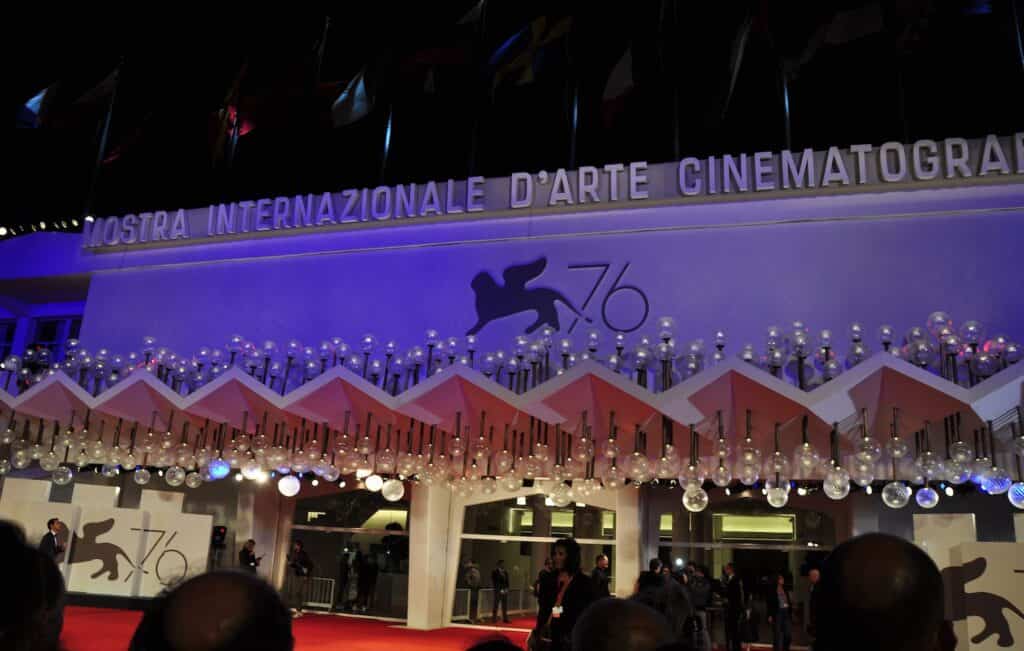


Nature
Lido di Venezia: The Green Heart of Venice
From above, it is evident that Lido is covered with extensive green areas, private gardens, and trees surrounding Art Nouveau villas. The island is ideal for walking and cycling, allowing you to explore its natural beauty and protected areas.
Due to its location along the migration routes of many bird species, Lido has two significant protected nature reserves with free access – the San Nicolò oasis in the north and the Alberoni oasis in the south. Both are monitored by the RSPB, as rare birds such as the little ringed plover and the little tern nest here. Alberoni is also protected by the WWF for its significance. Lido has one of the most well-preserved dune habitats in the Adriatic Sea and is home to a variety of migratory birds and birds of prey.
Pellestrina Island
Just a few minutes by ferry or water bus lies Pellestrina, an island with beautiful nature that is even more isolated and peaceful than Lido. The southernmost part of the island, Ca’ Roman, is its wildest area and consists of a narrow strip between the lagoon and the Adriatic Sea. This nature reserve, protected by the Lipu organization, is known for its extensive dunes and rich ecosystem with more than 190 bird species.
Beaches of Lido di Venezia
Lido boasts a beautiful coastline with beaches awarded the Blue Flag for water cleanliness. It offers both public beaches for those seeking freedom and privacy, as well as well-equipped beach resorts with complete services for families, athletes, and comfort lovers. Thanks to the shallow seabed and protection between the San Nicolò breakwaters in the north and Alberoni in the south, the beaches are also ideal for families with children.
Public Beaches
- San Nicolò: Located in the north of the island, known for its wild nature, sandy dunes, and presence of rare bird species.
- Alberoni: In the south of the island with a protected area and migrating birds.
- Murazzi: Stone embankments along the Adriatic coast, offering peace away from tourist areas.
Beaches with Facilities
Lido is famous for its elegant beaches with typical wooden cabins “capanne”. On equipped beaches, you can rent umbrellas and sunbeds, use showers, toilets, restaurants, and bars. There are also sports activities available such as beach volleyball, bowling, and pet-friendly beaches.
Beaches on Pellestrina Island
For those seeking absolute peace and an escape from tourist hustle, Pellestrina Island is the ideal choice. This twelve-kilometer strip of land, lined with fishing villages and vegetable gardens, offers wild beaches without facilities. The southernmost area, Ca’ Roman, is a natural oasis with protected dunes and ideal conditions for diving. Thanks to the so-called tegnùe, the area is popular among snorkelers and divers.

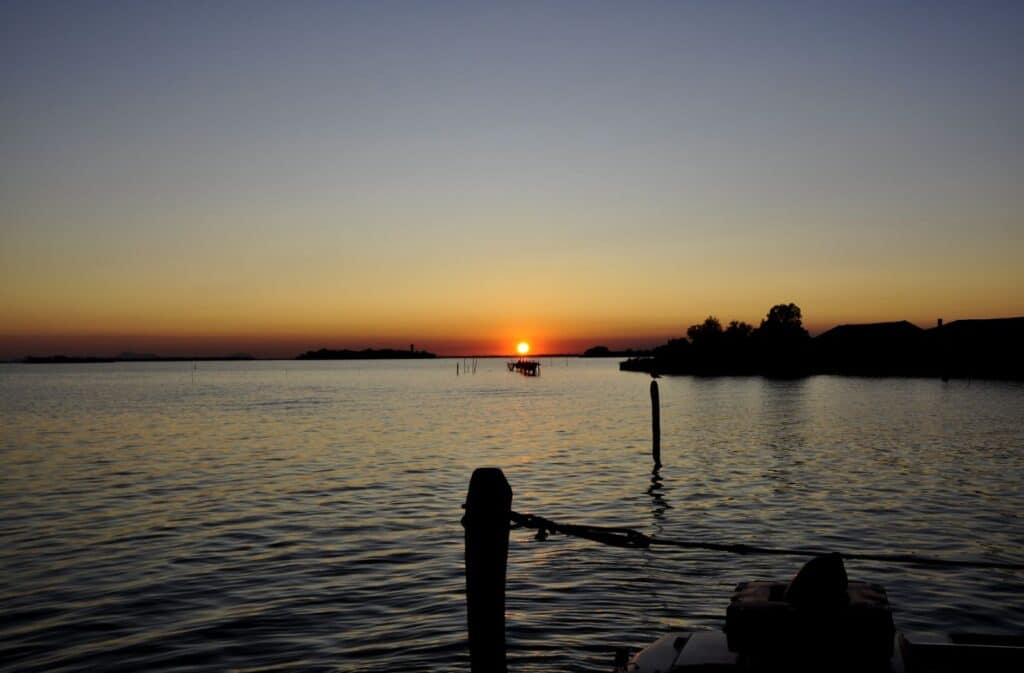
Underwater World
Diving enthusiasts will discover a fascinating underwater world here. The area near Pellestrina and Chioggia hides tegnùe, underwater limestone formations similar to coral reefs. These rocky formations, known since the 19th century, provide a refuge for algae, anemones, mollusks, and fish, representing a unique ecosystem rich in biodiversity. Tegnùe are an ideal place for snorkelers and divers seeking unusual marine scenery.
Architecture
Lido is not only a recreational destination but also a place with rich architecture. Among the most famous buildings are:
- Grand Hotel des Bains – A luxury hotel from 1900, inspiration for the novella Death in Venice by Thomas Mann.
- Hotel Excelsior – Opened in 1908, famous for its oriental architecture and film festival.
- Casino di Venezia – Palazzo del Casinò – An elegant casino from 1938.
- Sant’Andrea Fort – A Renaissance military fortification from the 16th century.
- Ospedale al Mare – A former hospital specialized in thalassotherapy.
- Votive Temple Madonna delle Vittorie – A memorial to the victims of World War I.
Transport Accessibility
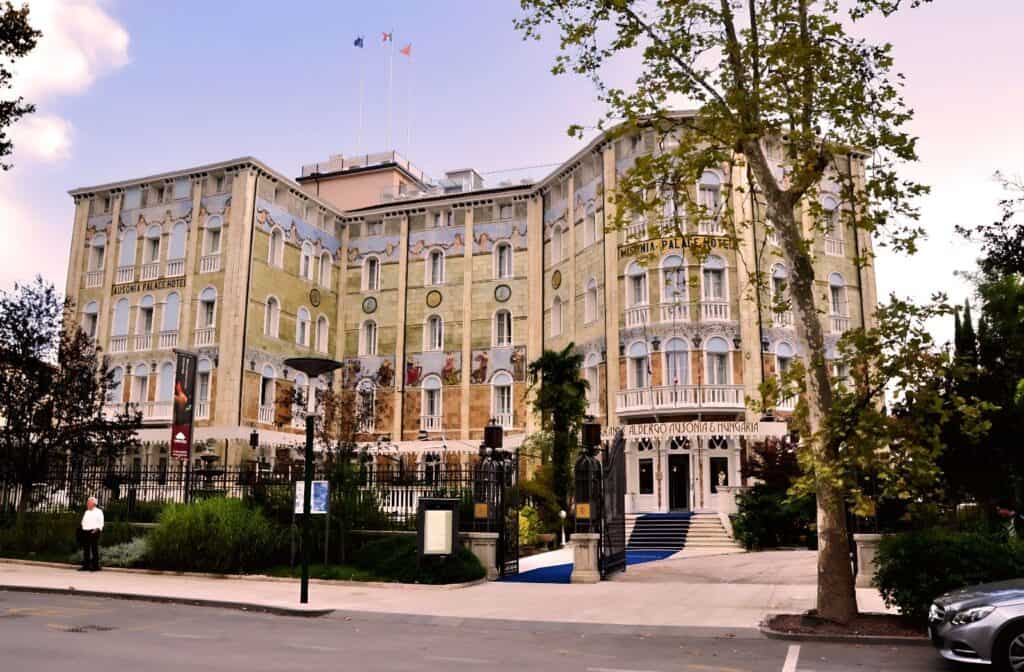
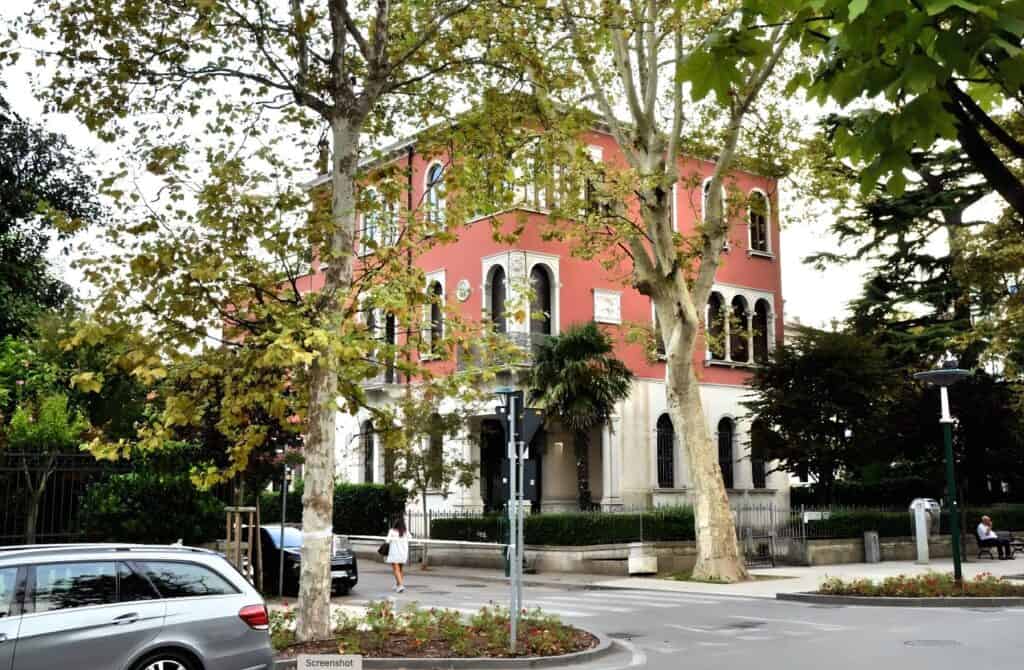
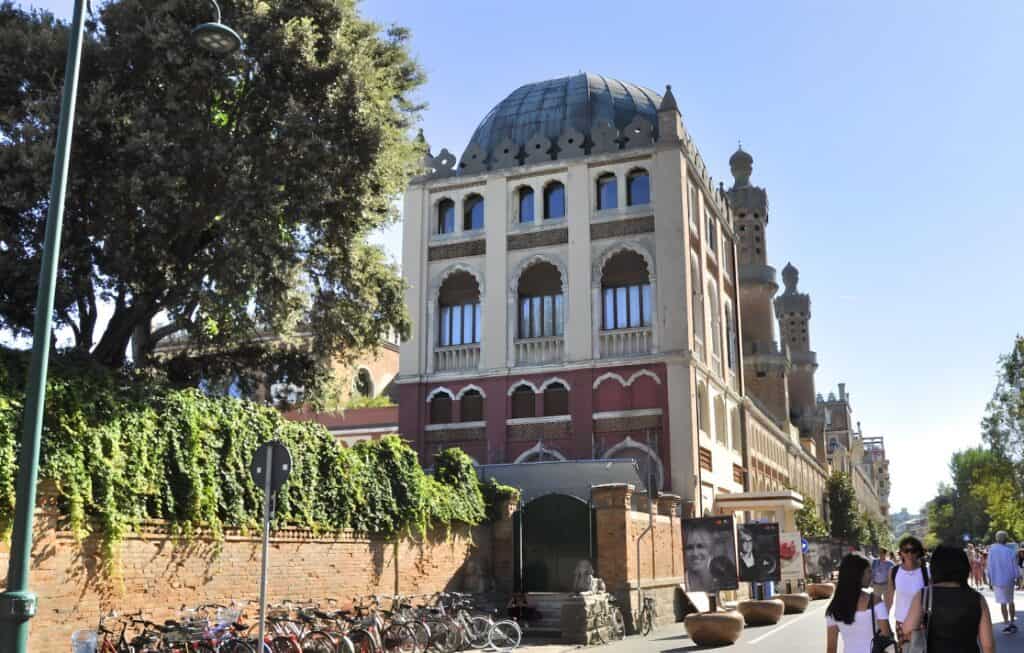
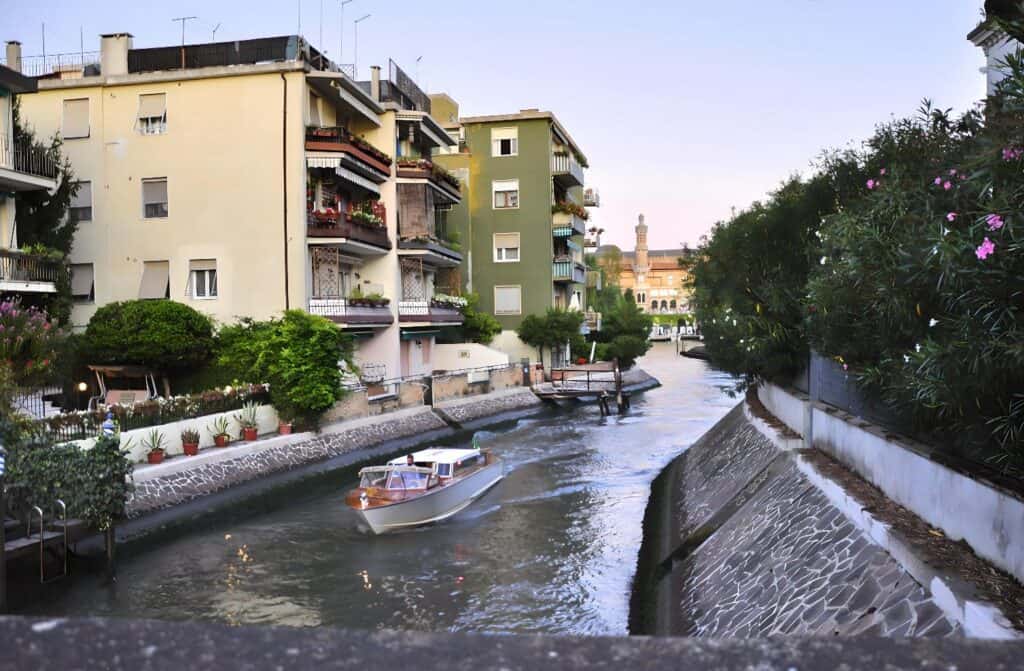
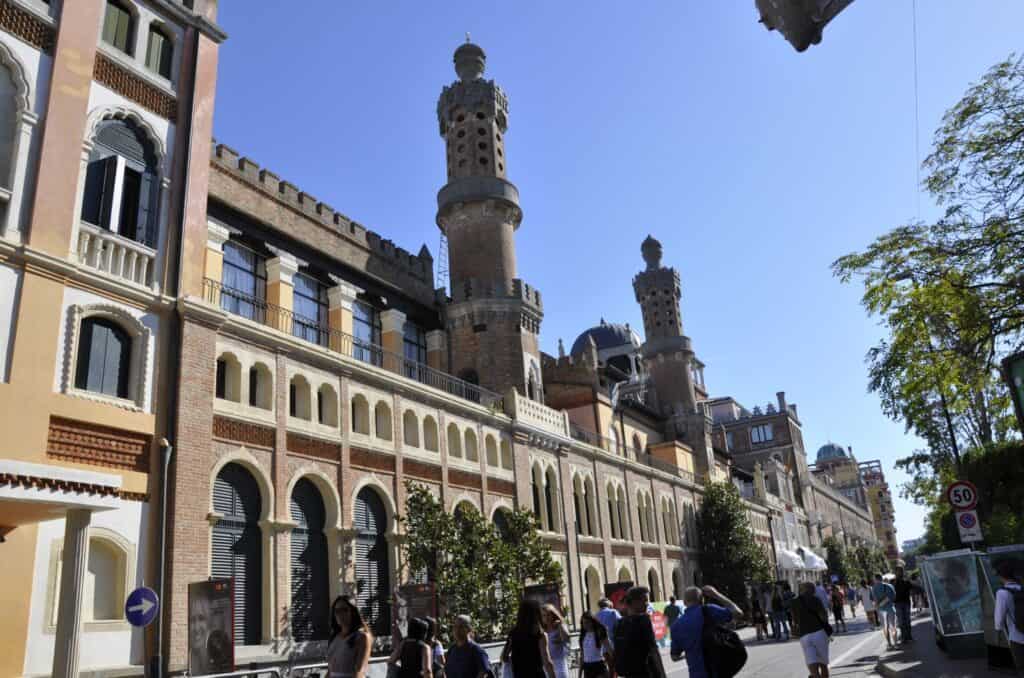
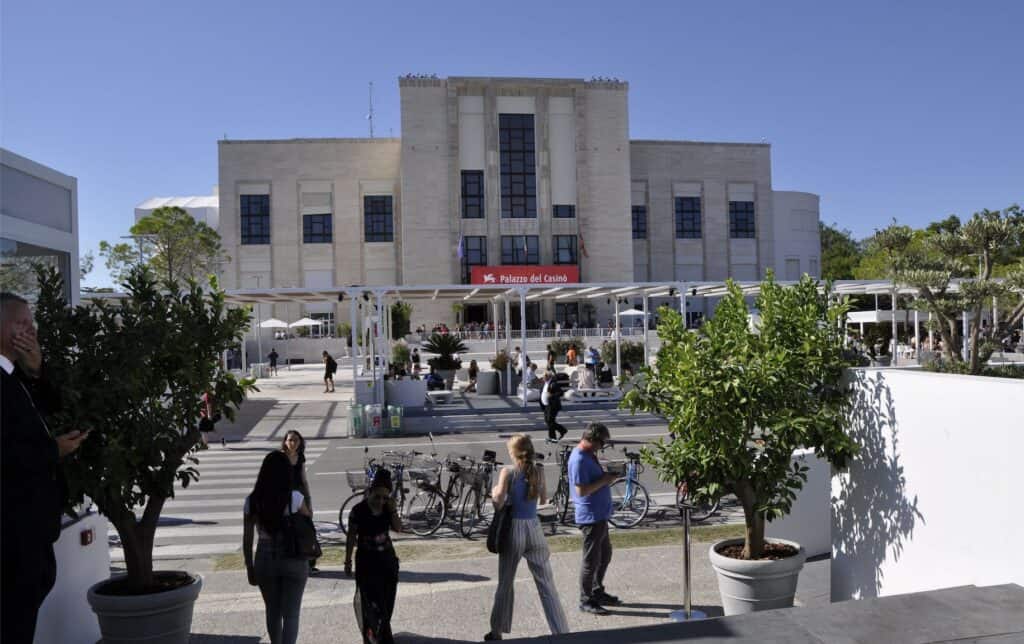
Lido is easily accessible from Punta Sabbione and Venice by vaporetto (public water transport). The most frequent connection is provided by lines 1 and 5.1 from the San Zaccaria stop near St. Mark’s Square. The journey takes about 15 minutes. On the island, you can get around on foot, by bike, or by local buses. For motorists, there is a ferry available from Tronchetto or Chioggia.
Lido di Venezia: Luxury in Beautiful Nature
Lido di Venezia is a fascinating destination that combines history, luxury accommodation, cultural events, and beautiful beaches. From elegant promenades and the film festival to historic villages and nature reserves to mysterious islands in the lagoon – this island offers a unique combination of experiences for every visitor.
